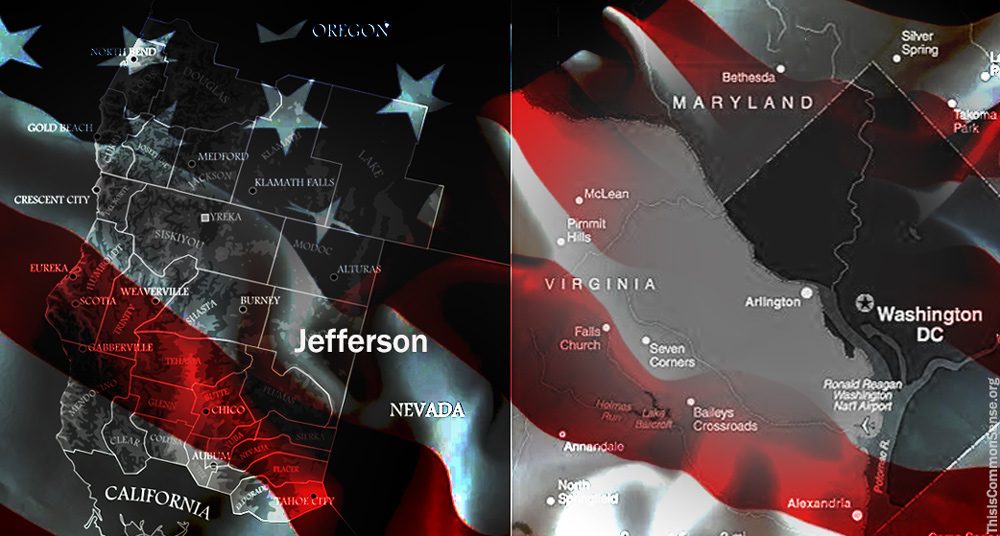“I was born without representation, but I swear,” Washington, D.C., Mayor Muriel Bowser vowed last week, “I will not die without representation.”
She has a point: 700,000 D.C. residents lack a voting representative in Congress.
On Friday, the U.S. House passed legislation — 232 to 180 with 19 members hiding in the cloakroom and refusing to vote — to make the nation’s capital city the 51st state. Not merely garnering a U.S. Representative, but also a lifetime guarantee of two U.S. Senators.
“D.C. will never be a state,” counters President Trump, explaining that Senate Republicans would be “very, very stupid” to allow two new U.S. Senators who are nearly certain to be Democrats. Senate Majority Leader Mitch McConnell quickly announced the Senate would not take up the bill.
But Republicans are not the only ones blocking representation.
As Rep. Andy Harris (R‑Md.) pointed out, Maryland had originally ceded some of the land to create the federal District of Columbia, and could now take back the residential areas. Those citizens would add their own House rep for Maryland and be represented by Maryland’s two U.S. Senators.
Democrats refuse. Why? Because it is not about representation. The city must be turned into a state so that two new Democratic U.S. Senators can be pulled out of a hat.
There is yet another path to representation. Make a bi-partisan deal to add two states. In addition to the State of Columbia (51), add the State of Jefferson (52) — comprised of 21 northern counties trying to secede from the rest of California.
Better representation. No partisan advantage. Problem solved.
If anyone were interested in that.
This is Common Sense. I’m Paul Jacob.
—
See all recent commentary
(simplified and organized)

4 replies on “The State of X and Y”
Another solution: split DC representation between Virginia and Maryland.
Or 54 states allowing for the eastern regions of Washington and Oregon this same right.
“Those citizens would add their own House rep for Maryland and be represented by Maryland’s two U.S. Senators.”
As happened in 1959 when Alaska and Hawaii were admitted as states, an additional representative for Maryland would only last until the 2020 census is completed and the House is reapportioned based on the result, in time for the 2022 elections.
Also, the Constitution would need to be amended to repeal the 23rd Amendment, which gives DC three electoral votes, since they would get their representation from Maryland. One benefit is the Electoral College would be reduced to 535 and so you would never have a tie in the presidential race. Given that only Delaware has a smaller population than DC, it’s likely that the DC residents will find themselves part of a much larger district and might even be split up when new district maps are drawn.
Even if DC became a state, the EC would go down to 537 after reapportionment, since Congress has limited the House to 435 members. Columbia’s House representative (only Delaware has a smaller population than DC) would be taken away from one of the other states, unless Congress also modified the reapportionment act that was passed early in the last century. The additional representative would be a temporary measure.
The real issue is the Constitutional one. WashDC cannot become a state without a Constitutional amendment.